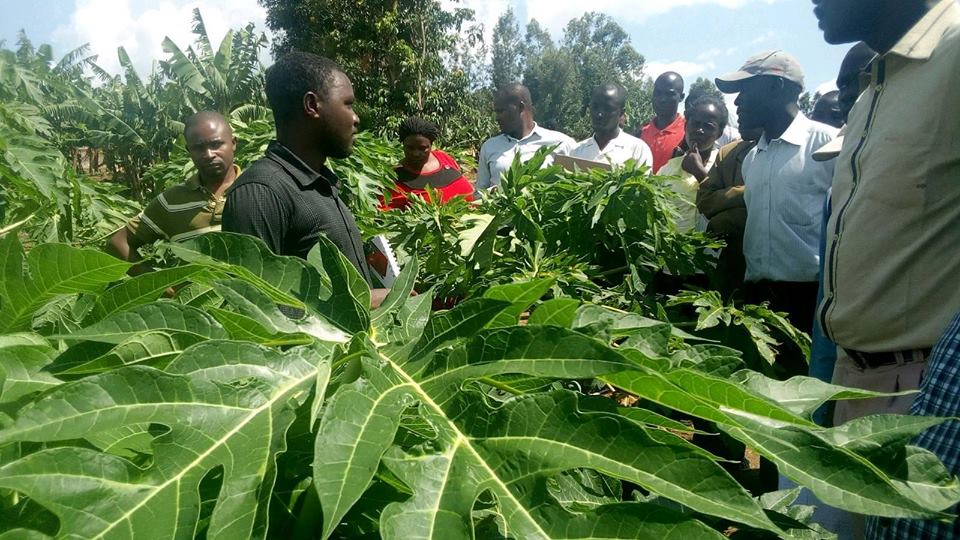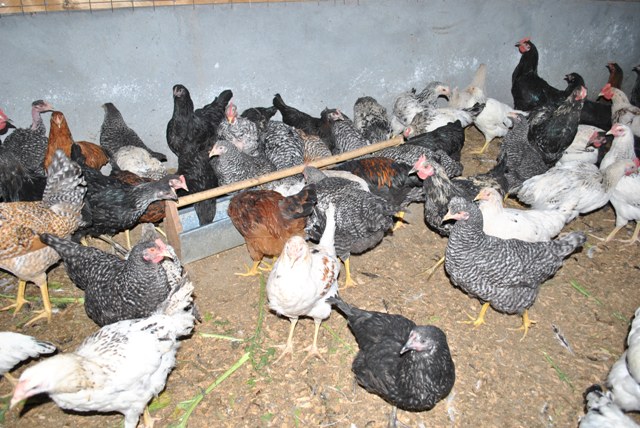Farmers can avert drastic and immediate death of day-old chicks soon after introducing them into the new brooders by offering clean water and ensuring the temperature is kept between 32 and 34 degrees Celsius.
A 2018 research published in the African Journal of Poultry Farming revealed that more than half of hatched chicks for instance are lost due to mismanagement. The research which was conducted in Ada’a district of Eastern Shoa zone, Ethiopia was done to investigate the major causes of chicken mortality under village production system.
Three or four days to the end of brooding period, chicks absorb all liquid in the egg. The moisture would keep them going until they get water after hatching.
Mary Njeri, the owner of Poultry Farm Hatchery said chicks can be vaccinated and all other pre-transportation arrangements made but dehydration and new environment shock can lead to losses of the chicks.
Related content
Government gives 48,000 subsidized chicks to farmers to raise income
Biogas heater reduces chicks brooding energy cost to zero
Technology company launches digital smart brooder that monitors chicks brooding space

The poultry rearing and incubation expert said it is not easy to tell when the chicks need water for instance. But ferrying them can lead to reduced water in the system, therefore, affecting normal body functions.
“Temperature on arrival must be between 32 degrees Celsius and 34 degrees Celsius. Water is necessary before they start feeding. Sufficient clean water must be provided as one of the way of making the brooder friendly,” she said.
One day old chicks are delicate, overcrowded brooders therefore also present stressful moments for the new chicks, which affects development as they adapt to the new environment.
A spacing of 25 chicks per square metre is recommended for the layers. Twenty broiler chicks can cover one metre square space.
Depending on the type of heat source being used, 1,000 chicks would be comfortable with a hover while 200 would be stress free with one infrared bulb.
Chicks crowding at the source of heat indicate that the brooder is cold while moving to the periphery means it is too hot.
Forming a pyramid-like file from the center of heat towards one corner of the brooder signifies drought or strong cold wind.
“Contaminated feeds or infection from the hatchery can also cause deaths of such young chicks soon after introduction into the new set of conditions,” said Mary.
Besides buying feeds from recognized suppliers, general cleanliness while handling all equipment and disinfecting oneself before entering the rearing region averts chick deaths.
The Nakuru County farmer sells a day-old kienyeji chick at Sh90 while a KARI one costs Sh100. Kuroiler chicks fetches Sh110 each.
Mary Can be reached on +254719216513 or her husband Chege on +25472501209
Write comment (0 Comments)
















